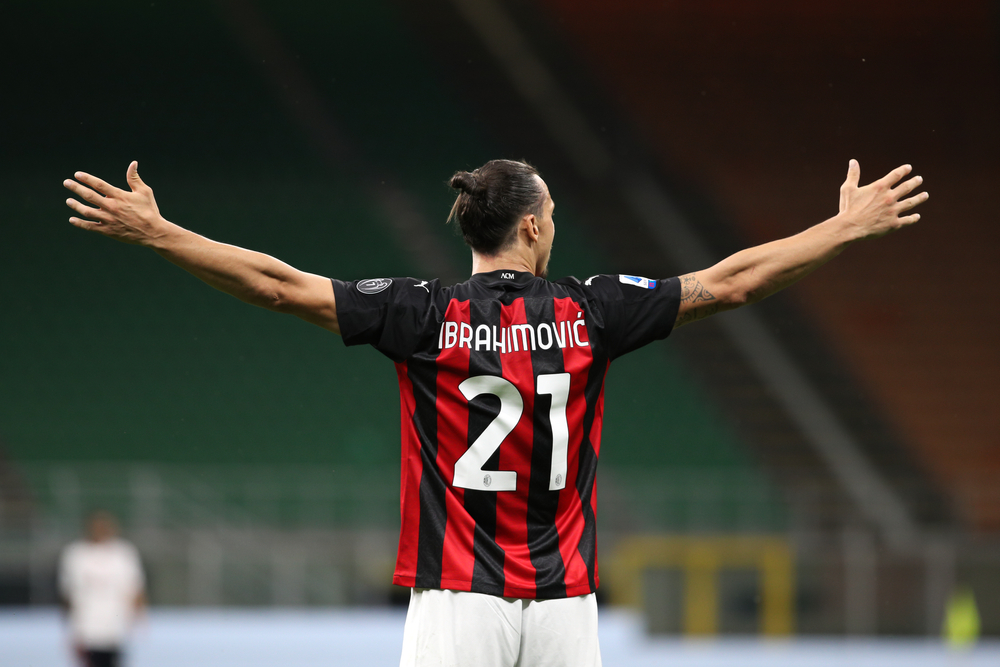Ah glaucoma, one of the staples of any ophthalmological practice, a common condition that doctors encounter on a daily basis. The disease is one of the leading causes of vision loss in people over the age of 60, and indeed, it is most commonly associated with the aging process. However, glaucoma is not the preserve of the over 60s alone and it can be encountered, albeit more rarely, at any age.
Pediatric glaucoma is an altogether rarer variant. The condition occurs in very young children, including babies, and is usually caused by incorrect development of the eye’s drainage system before birth — this causes intraocular pressure (IOP) to build and thus damages the optic nerve. Generally diagnosed within the first five years of life, pediatric glaucoma can also be inherited.
What is particularly interesting about pediatric glaucoma is how its signs and symptoms differ from the more common adult varieties, like primary open-angle glaucoma (POAG) and acute angle-closure glaucoma (AACG). In POAG, for example, patchy blind spots in the central and peripheral vision may occur, leading to tunnel vision in more advanced cases. In AACG, a patient may experience headaches, eye pain, nausea, blurred vision and eye redness, among other symptoms.
Distinct Symptoms for a Distinct Variety

Pediatric glaucoma’s symptoms are more distinct, including unusually large eyes, excessive tearing, clouding of the cornea and sensitivity to light. In cases where a patient’s IOP develops rapidly, the child may feel considerable pain in the eyes, and parents may notice that their child becomes irritable, fussy, and develops a poor appetite.1 This can all be understandably very difficult for the parents and child to process.
There are a number of options available to treat pediatric glaucoma, with the first line of defence most often falling on lowering the patient’s IOP. However, most cases usually end up on the surgeon’s gurney, and trabeculotomy and goniotomy procedures are commonly employed.2 Post-surgery eye drops and other agents are used to treat any remaining IOP issues. The patient may also experience myopia, amblyopia and strabismus.
Beyond trabeculotomy and goniotomy, other surgical techniques are being developed to treat pediatric glaucoma. This is a welcome development as with any pediatric condition, it can be particularly unpleasant for patients and parents alike. According to Contemporary Management of Refractory Pediatric Glaucoma,3 a study involving American and Saudi Arabian researchers, the “management of pediatric glaucoma poses a unique challenge in terms of maintaining lifelong vision and combating an aggressive scarring response from surgery.”
The study stated that glaucoma drainage device (GDD) surgery was associated with a five year success rate of over 70% of patients with pediatric glaucoma. Therefore, GDD surgery should remain the mainstay choice in the near future, and that more data are needed on circumferential trabeculotomy, deep sclerectomy and micropulse laser techniques.3
This is an intriguing development to follow, but what about medical management?
Forza Milan, Forza Oftalmologia

Medical Management of Pediatric Glaucoma: Lessons Learned from Randomized Clinical Trials4 is an examination of the medical management issue by a group of researchers primarily affiliated with the University of Milan, Italy. It included five randomized clinical trials (RCTs) on patients with ocular hypertension and glaucoma. One (1) study compared dorzolamide with 0.5% timolol gel; 2) brinzolamide with 0.5% levobetaxolol; 3) 0.25% betaxolol, 0.25% timolol gel, and 0.5% timolol gel; 4) latanoprost with 0.5% timolol; and 5) travoprost with 0.5% timolol.
The researchers concluded after these trials that the efficacy of glaucoma drugs for pediatric patients seemed to be comparable to that in adults. However, as two patients who received timolol experienced a systemic, drug-related serious adverse event (one bradycardia and one pneumonia), the researchers recommended that clinicians should minimize the absorption of the drug. They also recommended that more frequent follow-ups based on safety should be arranged for pediatric patients on topical glaucoma medications.
As new surgical techniques are developed, we look forward to learning more about the GDD and other equipment. On the medical management front, the University of Milan study’s findings highlight that there is a gap in drug development for pediatric patients; research to find drugs more effective than those available for adult patients would be a major boon. We can hope that in 2021 and beyond, more research into pediatric glaucoma will come to the forefront.
A final note on pediatric glaucoma: Perhaps the most famous sufferer of the condition was the Japanese cult leader Shoko Asahara, the leader of Aum Shinrikyo, responsible for the 1995 Tokyo Sarin Attack. He was affected by near total vision failure by pediatric glaucoma in his early years and reportedly was able to bully his fellow pupils at his school for the blind, due to his incrementally better vision. Food for thought.
References
1. Childhood Glaucoma. The Children’s Hospital of Philadelphia. Available at https://www.chop.edu/conditions-diseases/childhood-glaucoma. Accessed on Thursday,
February 11, 2021.
2. Glaucoma for Children. American Association of Pediatric Ophthalmology and Strabismus. Available at https://aapos.org/glossary/glaucoma-for-children. Accessed on Thursday, February 11, 2021.
3. Malik R, Al Darrab A & Edward DP. Contemporary Management of Refractory Pediatric Glaucoma. Current Opinion in Ophthalmology. 2020;31(2):123-131.
4. Sacchi M, Umberto Lizzio RA, Villani E et al. Medical Management of Pediatric Glaucoma: Lessons Learned from Randomized Clinical Trials. Graefes Arch Clin Exp Ophthalmol. 2020;258(8):1579-1586.



